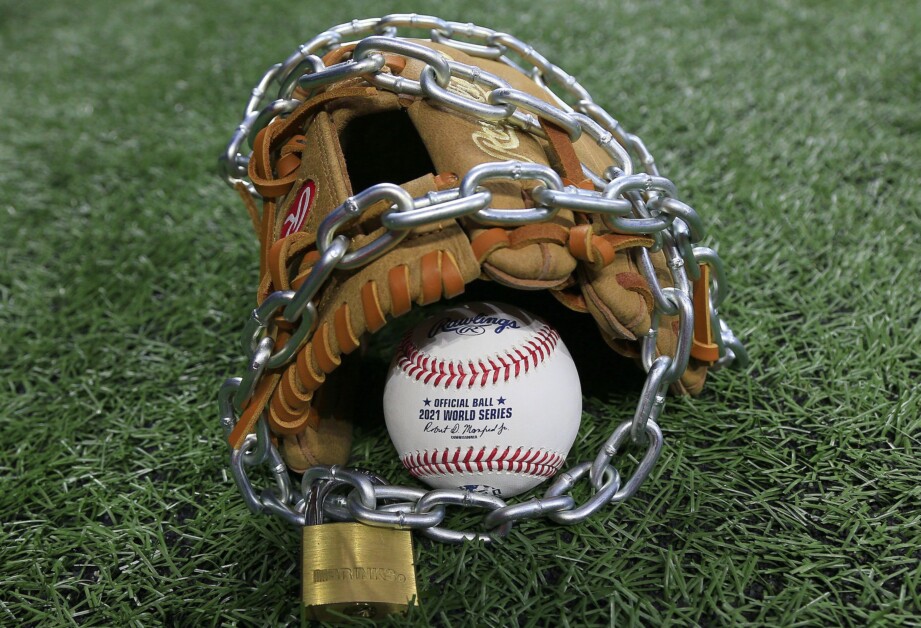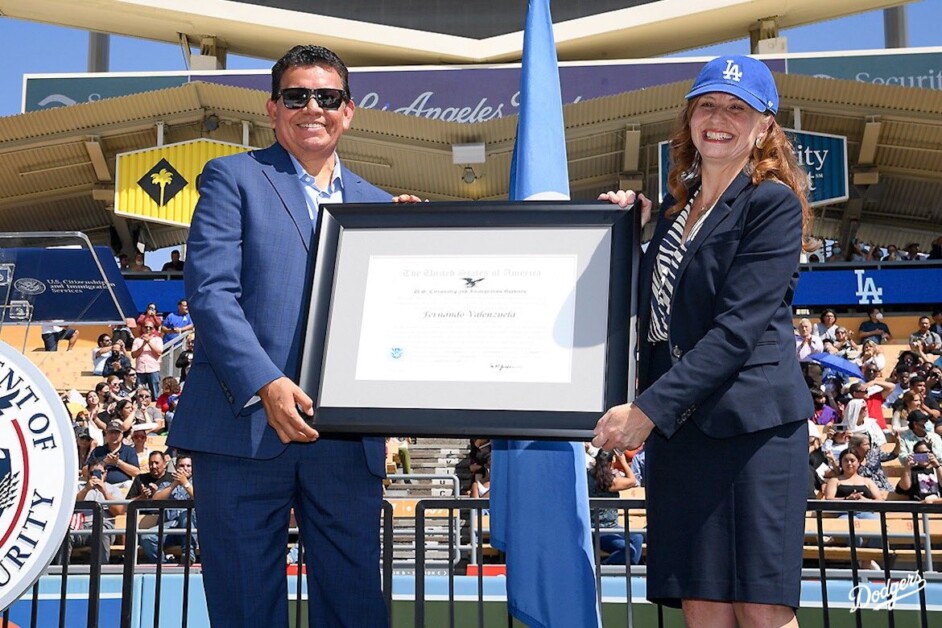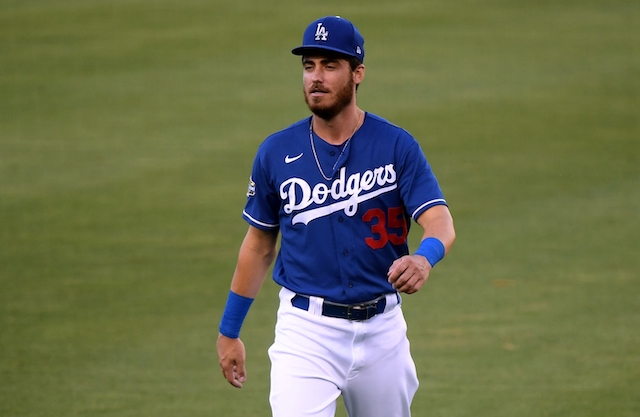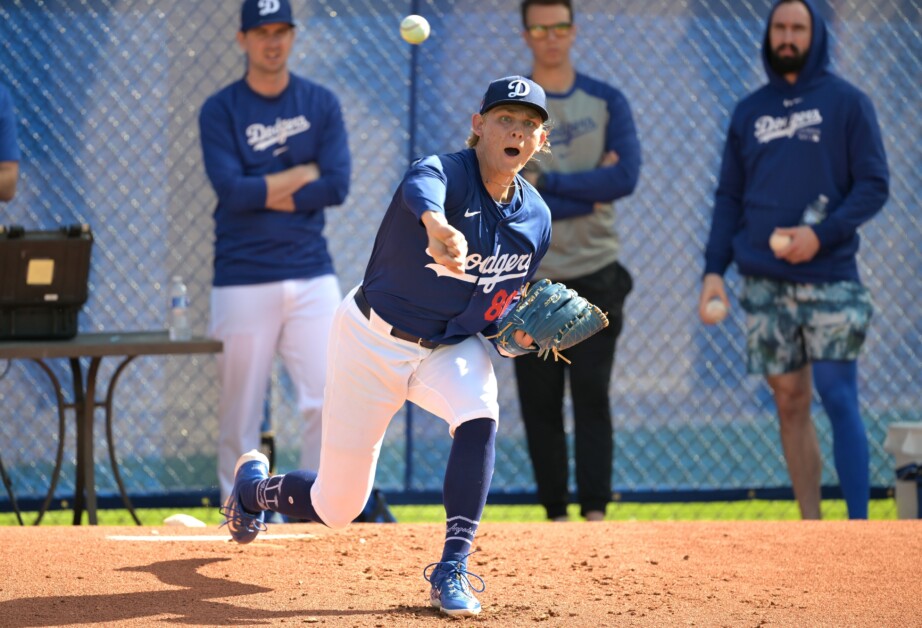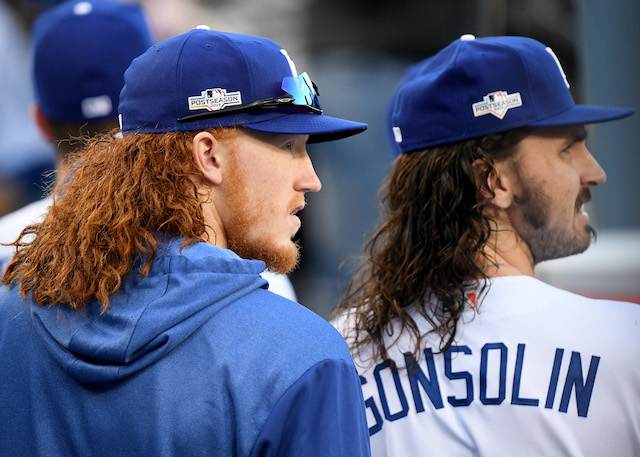MLB and the Players Association (MLBPA) again failed to get a new collective bargaining agreement (CBA) in place by a league-imposed deadline, and it resulted in more regular season games (two additional series) being canceled.
The latest act by MLB commissioner Rob Manfred has amounted to the 2022 schedule not beginning until Thursday, April 14, at the earliest. “In a last-ditch effort to preserve a 162-game season, this week we have made good-faith proposals that address the specific concerns voiced by the MLBPA and would have allowed the players to return to the field immediately,” Manfred said in a statement.
“The Clubs went to extraordinary lengths to meet the substantial demands of the MLBPA. On the key economic issues that have posed stumbling blocks, the Clubs proposed ways to bridge gaps to preserve a full schedule.
“Regrettably, after our second late-night bargaining session in a week, we remain without a deal. Because of the logistical realities of the calendar, another two series are being removed from the schedule, meaning that Opening Day is postponed until April 14th. We worked hard to reach an agreement and offered a fair deal with significant improvements for the players and our fans.
“I am saddened by this situation’s continued impact on our game and all those who are a part of it, especially our loyal fans. We have the utmost respect for our players and hope they will ultimately choose to accept the fair agreement they have been offered.”
Manfred previously canceled March 31 Opening Day and first two series of the regular season when a prior CBA deadline passed earlier this month.
MLB additionally indicated going past Tuesday’s deadline without a CBA in place would not allow for a 162-game season to be played, or players to receive full salaries and service time credit. Though, the league cannot unilaterally decide as much.
Key issues throughout CBA negotiations have been economic matters, such as the luxury tax threshold and accompanying penalties, minimum starting salary, pre-arbitration bonus pool, and percentage of players that would qualify for Super Two status.
The format of an expanded postseason is another disagreement — albeit relatively minor — and how much notice MLB must provide a committee of potential rule changes. Under the 2017-21 CBA, the league had to introduce new rules at least one year in advance; they sought to parse that down to 45 days.
With the luxury tax thresholds, the union asked for it to be set at $232 million for the 2022 season, then $235 million, $240 million, $245 million and $250 million. The union had previously outlined CBT increases to $263 million by the final year of the deal.
In their final offer before talks broke down at the beginning of March, MLB countered at $220 million for the 2022, 2023 and 2024 seasons; $224 million in 2025 and $230 million in 2026.
In more recent negotiations, MLB proposed luxury tax thresholds of $230 million, $232 million, $236 million, $240 million and $242 million. While the league was more willing to move toward the players in this facet, it may be coming with a fourth surcharge level.
With the pre-arbitration bonus pool, the MLBPA set their final ask at $65 million but with $5 million annual increases, and the league countered at a flat $40 million per season.
However, the latest stumbling block in negotiations was potentially implementing an international draft.
How MLB lockout is impacting 2022 Dodgers schedule
The 2022 Los Angeles Dodgers schedule has seen the removal of games against the Colorado Rockies (March 31-April 3; April 8-10), Arizona Diamondbacks (April 4-6) and Minnesota Twins (April 12-13).
Should the MLB lockout impact another week’s worth of scheduling, the Dodgers would have the remainder a Cincinnati Reds series removed, and likely a three-game set with the Atlanta Braves as well.
Have you subscribed to the Dodger Blue YouTube channel? Be sure to ring the notification bell to watch player interviews, participate in shows and giveaways, and stay up to date on all Dodgers news and rumors!



